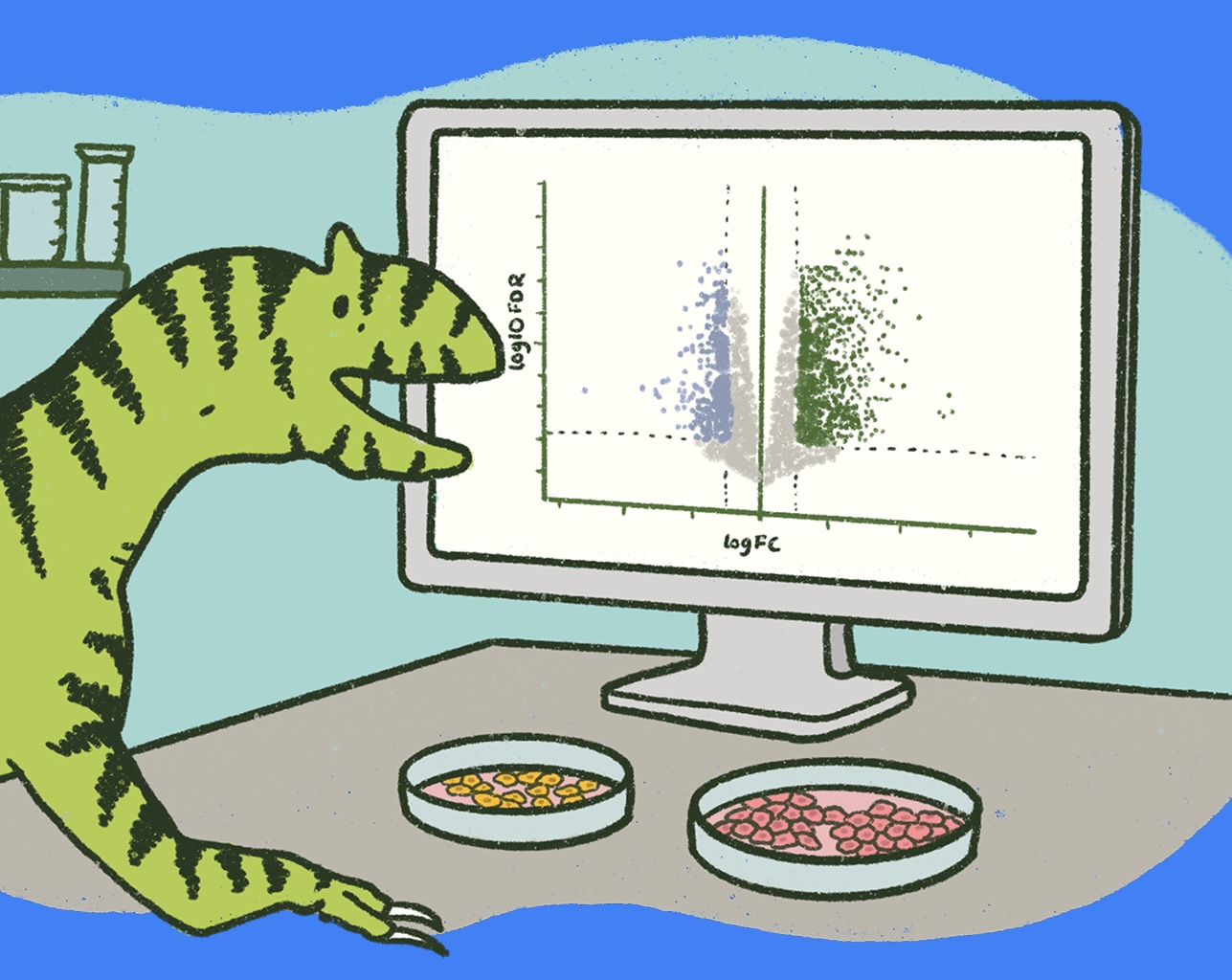Can Engineering the Pig Genome Provide a Safe New Source of Transplant Organs?
Each year, approximately 400,000 people die in the U.S. from lung diseases, but only 2,000 receive a lung transplant and only about 2,000 are added to the waiting list. Due to a severe shortage of donated organs, not even 1% of deaths due to lung diseases can be avoided. For this reason, scientists have been studying alternatives that could help ease the current lack of organs available. A promising technique is xenotransplantation: the transfer of living cells, tissues or organs from one species (pigs, for example) to another (humans). Researchers have been trying to overcome the genomic incompatibilities between the species with respect to the immune system, to avoid transplant rejection.
Why Xenotransplantation?
Transplantation from human to human is more complex than matching blood types. The new organ can be rejected by the recipient because of proteins called HLAs, found in almost every human cell. These cells mark targets for the immune system to attack. If the recipient’s immune system recognizes the donor’s HLA as foreign, it will attack the transplanted tissue. This can lead to severe blood clots and failure of the new organ, termed transplant rejection. There are thousands of variants of HLAs, which makes it difficult to find a donor whose chemistry matches a recipient’s. In the United States, more than 110,000 people are waiting for organ transplants. There are a few ways around the problem and one of them is xenotransplantation.One of the most promising donor organisms for xenotransplantation is the pig, whose physiology, anatomy and genetics are very similar to humans. Our immune systems function in a similar way, and our organs are anatomically about the same size. This is not a new idea. For over fifty years, damaged human heart valves have been replaced by pig valves, saving the lives of thousands of people.Recent advancements suggest that there is virtually no risk of rejection when an organ is made up of the patient’s own cells. Researchers have been able to take a lung from an animal donor and remove all its cells except the connective tissue that gives the lung its shape. Then, they replaced the donor cells with stem cells from the patient and tested it in animal models. Another example is a study by the National Heart, Lung and Blood Institute, which significantly improved a method to transplant engineered pig hearts into baboons last year. Even with all the advancements, researchers have a long way to go before they can build a completely functional organ, and significant immunological barriers remain to be addressed.
Genetic Technologies to Improve Donor Organs
The recent explosion of genome editing technologies could have profound impacts on the availability of organ transplants. In May 2014, Synthetic Genomics and Lung Biotechnology, a subsidiary of United Therapeutics, teamed up to create pigs with lungs and other organs that are compatible for transplantation into humans. Genetically modified pigs have been historically generated as models for studying human diseases, and the technologies to develop them have hugely improved in the last twenty years. Lungs are particularly difficult organs to transplant because of their fragility and high rejection rate, so if they can solve this problem, transplanting other pig organs should also be achievable.

Lung Biotechnology’s headquarters in Silver Spring, MD. Source: Lung Biotechnology.To tackle this challenge, the Mammalian Synthetic Biology group at Synthetic Genomics has been working to determine the differences between the human and pig genomes:"We're going to start with generating a brand new super-accurate sequence of the pig genome, and then go through in detail and compare it to the human genome," told Craig Venter, CEO of Synthetic Genomics, to Reuters.Using that knowledge, and the company’s cutting edge technologies for large-scale genome engineering, the scientists are developing engineered pig cells with modified genomes:"The goal is to go in and edit, and where necessary, rewrite using our synthetic genomic tools, the pig genes that seem to be associated with immune responses," said Venter to Reuters.Finally, United Therapeutics will implant the engineered cells into pig eggs, generating embryos that are born with humanized lungs.“Although the project is still in its early stages, researchers have shown that baboons can survive with xenotransplanted lungs for up to one year by changing just a few genes.” said SGI-DNA.Xenotransplantation has the potential to provide many other applications. Cellular transplants could provide treatment for people with Alzheimer's, Parkinson's disease or diabetes. Tissue xenotransplantations could provide corneal transplants for the visually impaired, skin grafts for burn patients, or bone transplants for reconstructing limbs. Organ xenotransplantation could include whole livers, hearts, kidneys, lungs or pancreases.On July 20th, SynBioBeta will present a Synthetic Genomics seminar at the South San Francisco Conference Center. The Senior Director of the Mammalian Synthetic Biology group at Synthetic Genomics, Dr. Sean Stevens, will be speaking about the challenges of xenotransplantation and what they are doing to improve the ability of pigs to serve as potential organ donors. Learn more and register here."Scientists have to be optimistic about their ability to change the world in the face of people who resist technology" - J. Craig Venter.
Edited by Conor McClune. Please leave your comments or questions below.




.svg)










-min.png)
.gif)